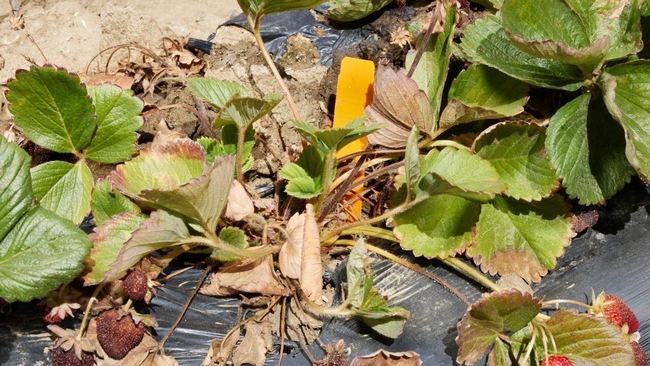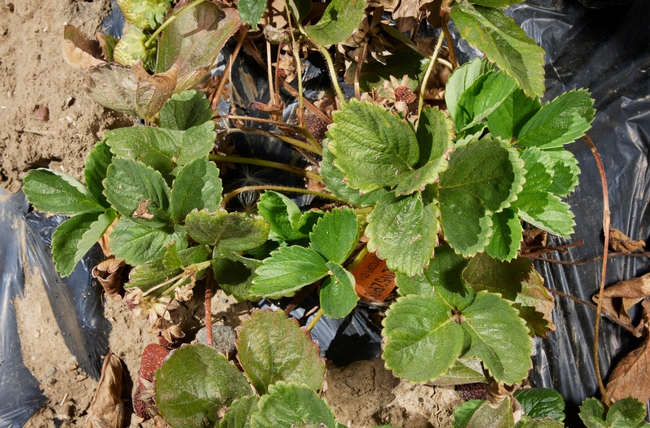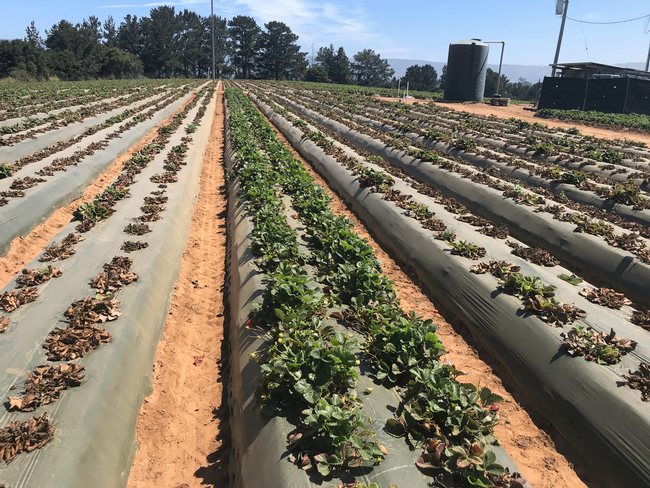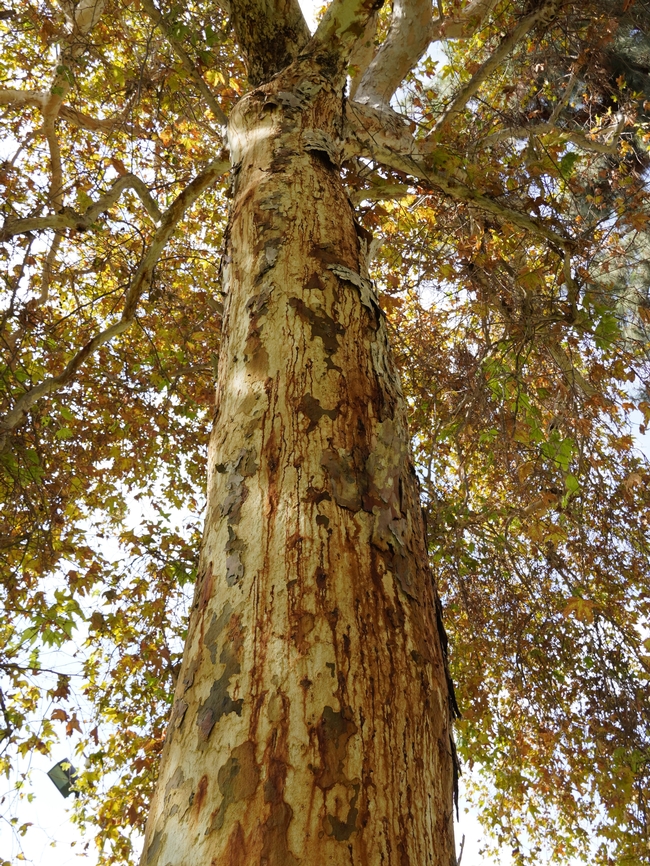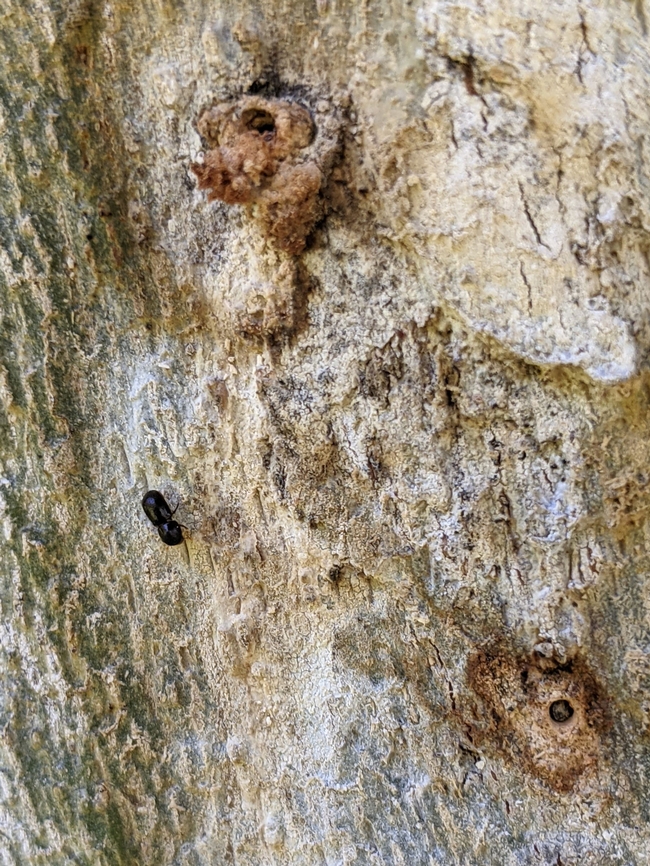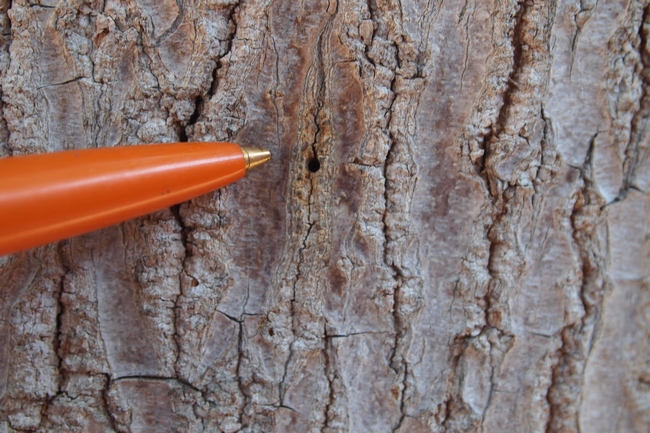
Posts Tagged: Fusarium
Researchers identify genes making strawberries resistant to Fusarium wilt
Resistant varieties to be released later this year to growers
Strawberry losses from Fusarium wilt could become less of a threat after researchers at the University of California, Davis, discovered genes that are resistant to the deadly soilborne disease.
The findings, published in the journal Theoretical and Applied Genetics, are the culmination of several years' work, and the discovery will help protect against disease losses, said Steve Knapp, director of the Strawberry Breeding Program at the college.
“What we've accomplished here is important and it's valuable for the industry and it's going to protect growers,” Knapp said.
Strawberries are a key crop in California, where about 1.8 billion pounds of the nutritious fruit are grown each year, making up roughly 88% of what is harvested in the United States.
Finding the genes could prevent a Fusarium wilt pandemic.
“The disease has started to appear more often up and down the state,” said Glenn Cole, a breeder and field manager with the Strawberry Breeding Program. “Once the wilt gets in, the plant just crashes. You have total die out.”
Searching for resistance
UC Davis scientists screened thousands of strawberry plants in the college nursery and took DNA samples. They then used genetic screening and developed DNA diagnostics to identify genes that are resistant to the primary race of Fusarium wilt.
“The genes have been floating around in the strawberry germplasm for thousands of years,” Cole said, but no one worked to identify them.
This latest development brings “strawberry into the 21st century in terms of solving this problem,” Knapp said.
Protecting future crops
This work means breeders can introduce the resistant gene into future strawberry varieties. This fall the program will release new cultivars that have the Fusarium wilt resistance gene. And the DNA diagnostic tools will help breeders respond to new Fusarium wilt variants that develop.
“There will be new threats and we want to be prepared for them,” Knapp said. “We want to understand how this works in strawberries so that as new threats emerge, we can address them as rapidly as possible.”
“If you don't have fusarium resistance, you're done,” Cole said. “The disease could be around more than you think.”
Fusarium wilt hasn't traditionally been an issue but when the fumigant methyl bromide was phased out in 2005, things changed. The disease was in the soil and without the fumigant, instances of wilt increased, especially in areas where crops weren't rotated.
Breeding new varieties
Knapp and Cole have informed the industry about current strawberry varieties that have the resistance so they can select plants with that added protection. The new resistant varieties coming out later this year will be suitable for several growing seasons.
“It's a big deal,” Cole said. “Everything is incremental in plant breeding, but it's a big deal.”
Plant scientists have been breeding strawberries at UC Davis since the 1930s and they have released more than 60 patented varieties through the public breeding program.
All of the work happened at UC Davis. Dominique Pincot, Mitchell Feldmann, Mishi Vachev, Marta Bjornson, Alan Rodriguez, Randi Famula and Gitta Coaker from the Department of Plant Sciences, and Thomas Gordon from the Department of Plant Pathology contributed to the research, as did Michael Hardigan and Peter Henry who are now at the U.S. Department of Agriculture Agricultural Research Service and Nicholas Cobo who is at University of La Frontera in Chile.
The research was funded by UC Davis and grants from the USDA National Institute of Food and Agriculture Specialty Crop Research Initiative.
Invasive Shothole Borers Threaten California’s Urban Forests
When tiny tree-killing beetles first arrived in Southern California several years ago and began...
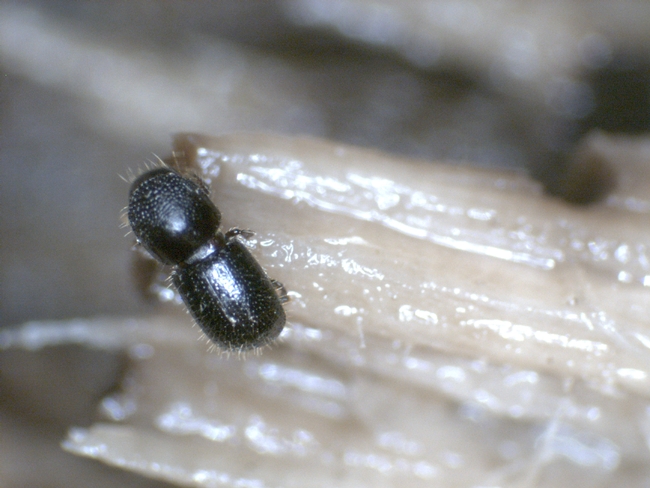
Fig 1 Adult female of Polyhagous shot hole borer
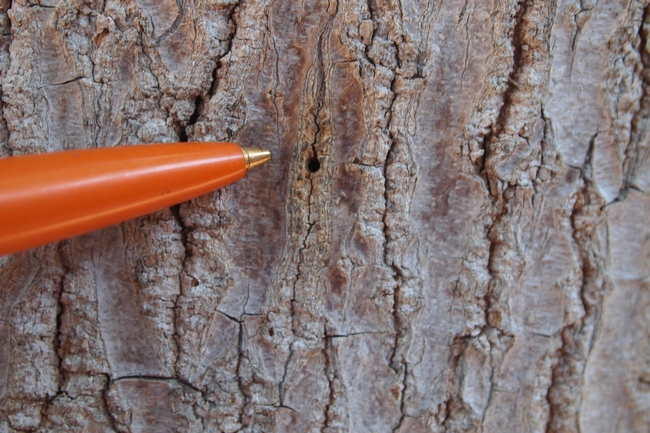
Fig 2 Beetle entry hole on an avocado branch
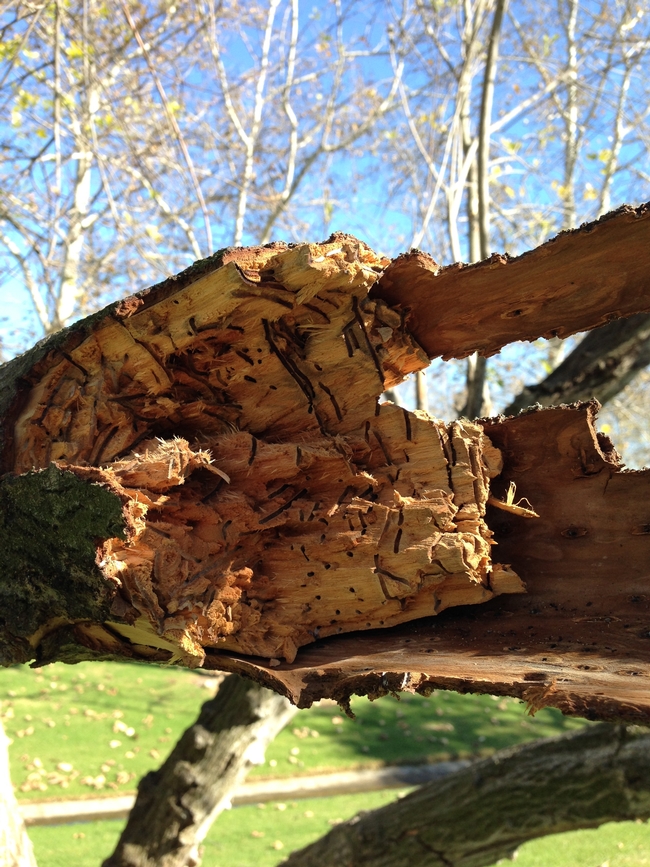
Fig 3 a close up picture of broken branch of red willow tree in OC parks
After shothole borer invasion, UC Irvine becomes ‘perfect testing ground’
Results help inform best practices for managing the disease-causing beetle
The University of California, Irvine campus is home to a vast urban forest consisting of approximately 30,000 trees located in a mix of landscape, riparian and open space settings. In the mid-2010s, that forest came under threat from an invasive species of beetle that arborists and pest researchers were just learning about – the polyphagous shothole borer.
The tiny beetles, which may have arrived in California from their native Southeast Asia via infested shipping materials, tunnel into trees and introduce a fungus that serves as food for adult beetles and their larva.
As the fungus grows, it colonizes the tree's vascular system, blocking transport of water and nutrients. This causes a disease called Fusarium dieback that can kill branches or entire trees.
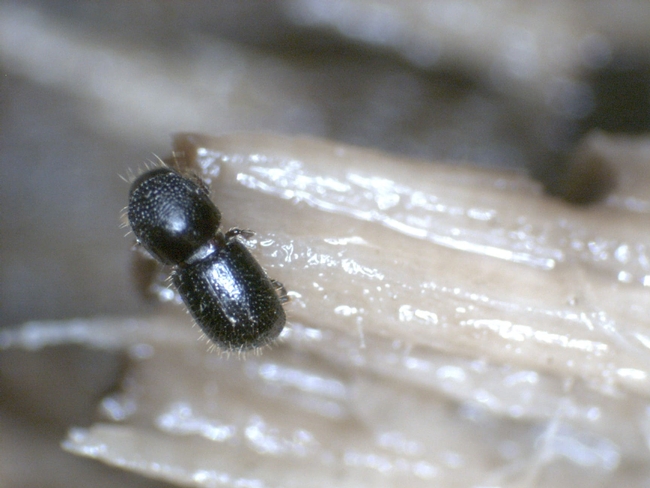
One reason the beetles were such a threat at UCI was the high number of sycamores on campus, especially in Aldrich Park at the campus center. Hundreds of cottonwoods, native willows, golden rain and coral trees also were affected. In total, the beetles attacked more than 2,000 trees, including 75 different tree species.
A variety of approaches to controlling beetle
To better understand and tackle this problem, UCI's Facilities Management department and Office of Environmental Planning and Sustainability collaborated with researchers affiliated with UC Agriculture and Natural Resources and UC Cooperative Extension. In addition, pesticide-manufacturing companies, pest control advisers and arborists provided materials and labor to help offset the cost of research.
“UCI was the perfect testing ground to determine integrated pest management strategies for this beetle/disease complex,” said John Kabashima, UCCE environmental horticulture advisor emeritus. “Our research was multifaceted, delving into early detection, monitoring and sampling, and cultural and chemical management.”
Kabashima said UCI provided the researchers with “a lot of freedom” to try a variety of approaches and study the results over time.
“We could cut down and sample trees or leave selected infested trees alone; we explored a variety of pesticide/fungicide combinations and application techniques,” he said. “That freedom resulted in many of the management solutions that are used today to effectively control this pest.”
UCI and the researchers also established a full inventory of affected trees on campus, evaluating severity of infestation by the number of entry/exit holes and signs of dieback. One important key to management is getting rid of “amplifiers” – heavily infested trees that are both hazardous and a source of beetles to spread to other trees.
“Typically, shothole borer infestations begin with just a few trees that for some reason are highly attractive to the beetles – perhaps based on tree species, tree spacing, irrigation conditions or other factors,” Kabashima said. “Over time, the beetles and fungus multiply largely undetected in those few trees. When the beetle population reaches a critical point and the trees begin to die, the female beetles fly to adjacent trees in a secondary invasion, eventually infesting many trees over a large area.”
An opportunity to diversify UCI's urban forest
At UCI, that initial invasion took place in landscaped areas containing many large, majestic sycamores that were planted when the campus began operations in the mid-1960s.
Over several years, UCI removed 700 heavily infested trees, including many of those historic sycamores, and replaced them with other tree species.
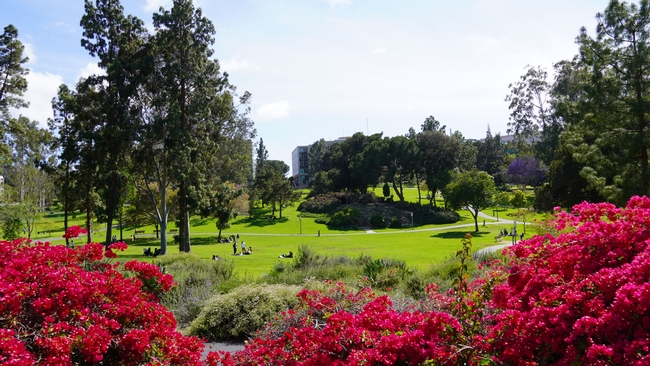
Today, the forest at UCI is very different than it was in 2015. While shothole borers have not been eliminated completely, their presence is reduced significantly, and UCI now has the tools to manage them effectively. Reforestation efforts resulted in a diverse treescape that is not only more sustainable but also beautiful.
“Managing a 1,500-acre campus with 30,000 trees is a never-ending process,” said Richard Demerjian, UCI's assistant vice chancellor, Campus Physical & Environmental Planning. “Our forest continues to evolve, with an ongoing focus on increasing diversity and plant health.”
Demerjian also noted that UCI is now starting to consider planting new sycamore trees on a limited basis.
A primer on effective shothole borer management
Whether managing a forest of thousands of trees or just a few trees, landscape managers and residents can apply many of the lessons learned at UCI to control invasive shothole borers and other tree pests.
- Avoid monocultures. Tree diversity provides beauty and resiliency.
- Keep trees healthy. Proper irrigation and maintenance will keep trees strong and help protect them from shothole borers and other pests.
- Check trees. Look for the common signs and symptoms of infestation such as beetle entry/exit holes. Regular monitoring ensures that infestations are managed early, before they cause dieback or tree death.
- Confirm suspected infestations. Use the detection tool at www.ishb.org.
- Review management options. For trees with low infestation, prune the infested branches and monitor the tree's health over time. In non-riparian, urban settings, consider treating low and moderately infested trees with pesticides/fungicides demonstrated to be effective against the pest-disease complex (A licensed professional will be needed to apply the treatments). Severely infested trees may require removal.
- Call in a professional. A certified arborist or pest control professional would be able to provide recommendations based on the tree's condition. The local county Agricultural Commissioner's Office and UC Cooperative Extension office may have additional knowledge about current shothole borer monitoring and management programs in your area.
- Take care of green waste. The beetles can survive in cut wood for weeks or even months. Proper disposal of green waste includes chipping infested wood, followed by solarizing or composting the chips.
- Replant wisely. Begin planting new trees only after removing all amplifiers and establishing an ongoing monitoring program. Consider the current concentration of tree species when deciding what type of trees to plant.
Invasive Spotlight: Shot Hole Borers
Small beetles are causing big problems in Southern California. Two closely related species, the...
Watch Out For Invasive Shot Hole Borers on Your Landscape Trees
Watch out for these insects! Invasive shot hole borers (ISHB) represent two related species of beetles (polyphagous and Kuroshio) in the genus Euwallacea. Both spread fusarium dieback, a disease that restricts the flow of water and nutrients in the tree, resulting in dead branches, dropped limbs, and even death. Over 60 species of native and non-native ornamental trees and avocados in Southern California are susceptible the ISHB/fusarium dieback complex.Examples of known hosts of the ISHB/fusarium dieback complex include: Box Elder (Acer negundo), Avocado (Persea americana), English Oak (Quercus robur), Valley Oak (Quercus lobata), California coast live oak (Quercus agrifolia), Big leaf maple (Acer macrophyhllum) silk tree (Albizia julibrissin) Liquidambar (Liquidambar styraciflua), Coral tree (Erythrina coralladendron), California sycamore (Platanus racemose), Blue Palo Verde (Cercidium floridum), Purple orchid tree (Bauhinia variegate), Kurrajong (Brachychiton populneus); and many species of Acacia.
The beetles are native to Southeast Asia and were likely introduced into California in shipped goods, wood products, or packaging. While tiny (about the size of a sesame seed), they are prolific, tunneling into host trees and living and reproducing in galleries while feasting on the disease-causing fungus they spread from tree to tree. Females are black and much more common than the small wingless brown males, which are rarely found.
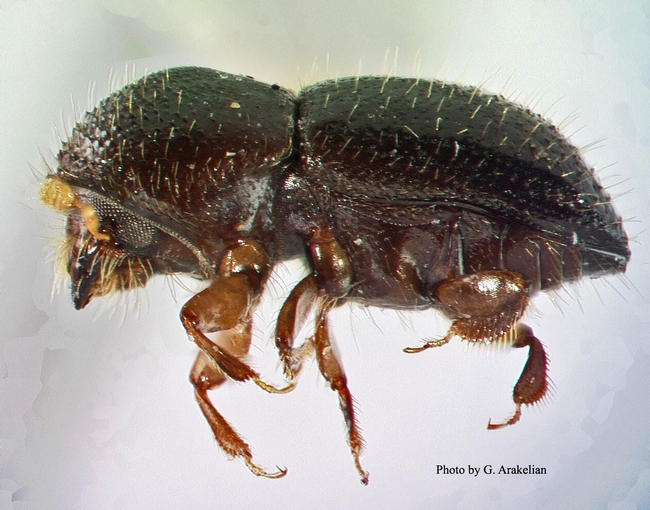
While the initial infestation occurred in Los Angeles County in 2003, beetles travel about 12 miles a year and have now spread fusarium dieback into Orange, San Diego, Riverside, San Bernardino, Ventura, and Santa Barbara Counties. Orange County alone has spent millions of dollars removing infested trees and managing the spread of the ISHB/fusarium dieback complex.
Identifying ISHB in a timely way is essential to reduce damage and slow its spread. Look for round borer entry holes about the size of the tip of a medium ballpoint pen. Staining, gumming, discoloration of wood beneath the bark, and/or frass (sawdust-like material) are other common signs and symptoms. There may also be white powdery exudate around beetle entry holes. Keep in mind that there are many other disorders that have similar symptoms. For example, other fungal diseases produce exudate and staining and other types of borers leave entry holes of various shapes and sizes.
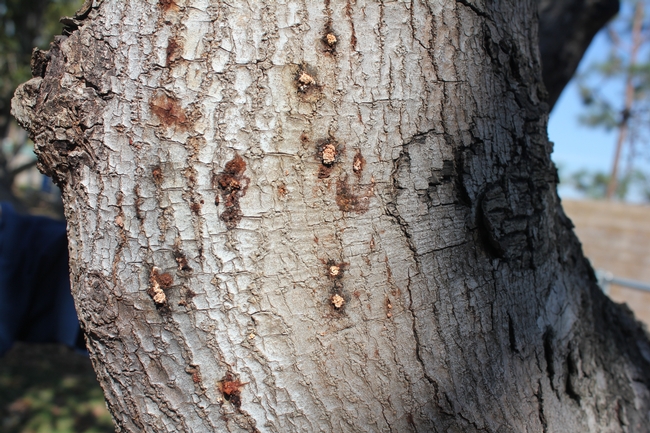
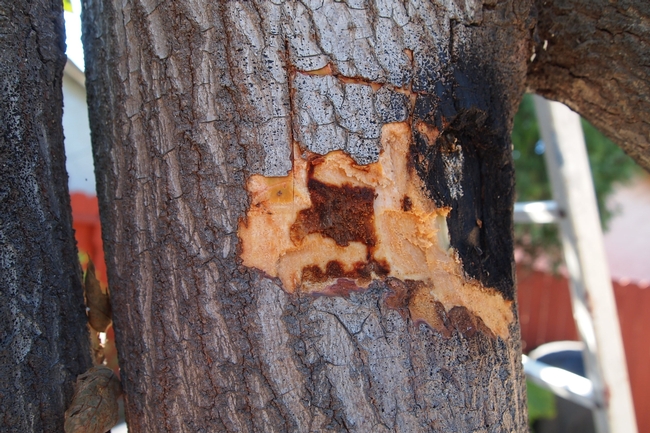
To date, no effective control measures have been found once trees are infested, although entomologists and plant pathologists from the University of California, The USDA Forest Service and other agencies continue to research viable integrated pest management options including biological control.
To prevent and/or reduce spread of ISHB/fusarium dieback:
- Bring only ISHB-free greenwaste (used for mulch and soil amendments) and firewood onsite. Both products can harbor ISHB which can persist for months.
- Treat infected wood onsite whenever possible. Wrap or completely cover wood that cannot be immediately treated and wood that is moved offsite for treatment elsewhere.
- Chipping infested wood to 1 inch or less can kill 95% of the beetles, while solarizing it using a clear tarp eliminates both ISHB and spores produced by the fungus. Logs can also be solarized. Composting is another option that, when done correctly, can kill both beetles and fungal spores.
- Untreated logs, branches, or woodchips infested with ISHB should not be used for firewood or mulch.
- Remove stumps as well as dead trees.
- Follow International Society of Arboriculture pruning standards and never top or flush cut trees which leave open wounds.
- Spray a 70% ethanol solution on equipment and tools since fusarium fungi can adhere to both.
- Keep trees healthy (water mature trees deeply and infrequently, avoid over or under-fertilization, etc.).
- Monitor susceptible tree species often to identify damage as early as possible. Useful detection and reporting tools and more detailed information on the ISHB/fusarium dieback complex can be found here: ucanr.edu/sites/pshb
For more detailed information on the ISHB/fusarium dieback complex, please visit these websites: https://ucanr.edu/sites/pshb/ https://www2.ipm.ucanr.edu/agriculture/avocado/polyphagous-shot-hole-borer-and-kuroshio-shot-hole-borer/ https://cisr.ucr.edu/invasive-species/polyphagous-shot-hole-borer https://californiareleaf.org/pests/

